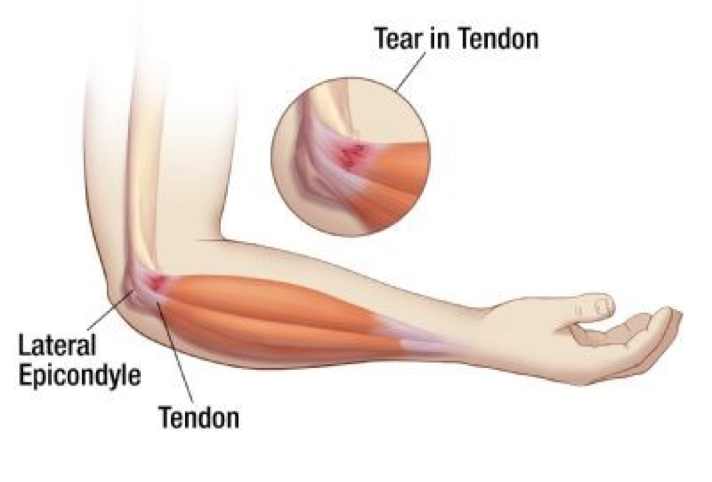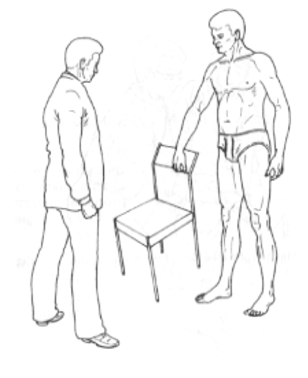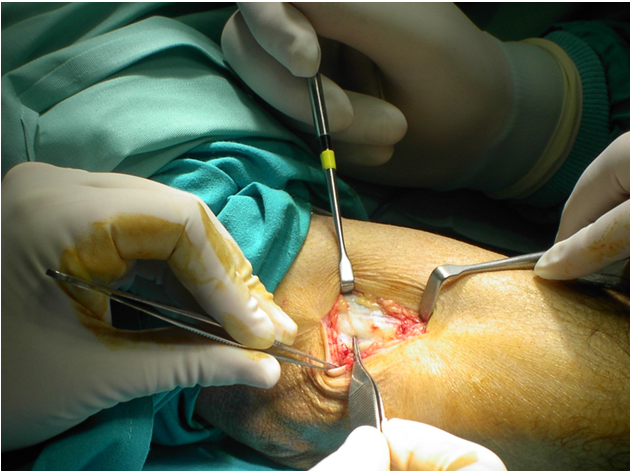What is it?
It is a lesion that produces pain on the lateral aspect of the elbow as a consequence of a degeneration of the tendinous fibers that pull the lateral epicondyle (radial extensor of the carpus). There are different types of epicondylitis depending on its severity (simple and complex).

Causes
The overload of the wrist and the elbow in climbing can produce a degeneration of the tendons that support it and consequently pain in the lateral face of the elbow. If the aggression progresses, an injury to other muscle groups can occur, with epicondylitis becoming simple to complex.
Classification
Simple epicondylitis: pain at the epicondyle level due to degeneration of the extensor fibers of the 2nd radial.
Complex epicondylitis: pain at the level of the epicondyle with pain in the upper third of the forearm (pain produced by compression of the posterior interosseous nerve).
Diagnosis
It is based on the clinical history, intense pain in the lateral face of the epicondyle that is increased when performing force movements when extending the wrist. An approximation to the diagnosis can be made with the test of the chair (try to lift a chair with the elbow in extension), the patient would be unable to perform it because of pain in the elbow. Ultrasonography and magnetic resonance help assess the injured structures.

Treatment
90% of epicondylitis are treated conservatively, anti-inflammatory, infiltrations and especially the application of an appropriate physiotherapy are able to cure the disease, in the most serious cases, surgical treatment with the removal of the injured structures are the solution in the healing of these injuries. The approximate healing time will be about 4 weeks, and the intense climbing is usually about 3 months.

Prevention
The following video shows a series of exercises that could be applied both to prevent this type of injuries and for rehabilitation. There are more types of exercises, but those shown in the video are very useful for the field of climbing.
Bilbiography

